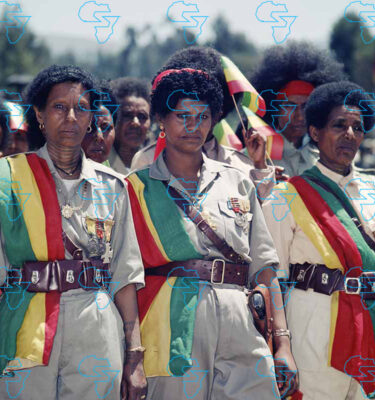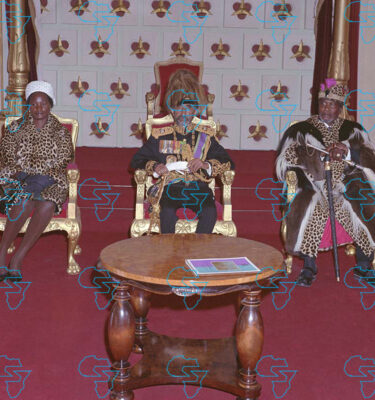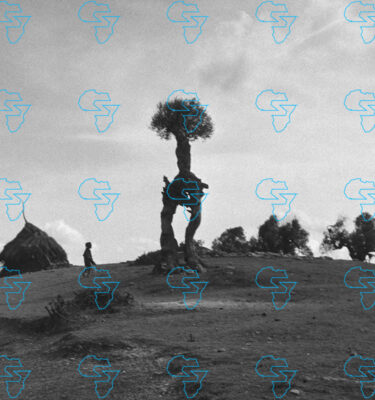
The Assela wind farm has gone partially operational, nearly five years after construction started on the green energy project with financing from a Danish bank and the government of Denmark.
Located in the Oromia region three hours’ drive south of Addis Ababa, three of the wind farm’s turbines were connected to the national grid on Thursday for the first time. A further 26 turbines are expected to go operational by the end of the year, according to Siemens-Gamesa, the Spanish-German contractor in charge of the project.
The farm will have the capacity to generate 100 megawatts of power upon completion, enough to meet the energy needs of more than 140,000 households.
Assela Wind Farm is financed through a USD 120 million loan from Danske Bank and a grant from the Danish government valued at nearly USD 30 million. The farm is owned and operated by the state utility monopoly, Ethiopian Electric Power (EEP).
A ceremony marking the start of power generation in Assela on Thursday saw high-level representatives from Ethiopia, Denmark, and the European Union gather at the wind farm site.
– Advertisement –
A statement from the EU Ethiopia Mission expressed hope that the project would support Ethiopia in its bid to achieve the Sustainable Development Goals (SDGs) and achieve middle-income status by 2030.
“With the Assela wind farm, Ethiopia moves closer to universal access to modern, affordable energy and to becoming a regional power hub in Eastern Africa, eventually supporting the decarbonisation across the region,” reads the statement.
Large-scale renewable energy generation is key to reducing reliance on fossil fuels in transport and industry, as well as on traditional biomass fuels predominantly used by rural households. The wind farm will also help diversify Ethiopia’s electricity generation, which, at nearly 90 percent, is dominated by hydropower.
The nation aims to achieve near 100 percent renewable energy generation. While progress has been made in expanding electricity access, challenges remain in reaching rural areas.
Data from the World Bank indicates that only half of the Ethiopian population has reliable access to electricity. An initiative to secure universal electricity access by 2025 looks extremely unlikely.
While Ethiopia is approaching its electricity generation goals slowly but seemingly surely, unforeseen events such as high demand from cryptocurrency (bitcoin) miners could risk placing the grid under too much stress, experts warn.
Reports indicate that agreements with bitcoin mining outfits currently generate almost a fifth of EEP’s total revenue.
.
.
.
#DenmarkFinanced #Assela #Wind #Farm #Plugs #National #Grid
Source link











